The steel consumption of square box furnace convection module steel structure of Guangdong petrochemical heating furnace project is about 1,000 tonnes.
A steel structure heating furnace refers to the supporting framework used for housing and stabilizing a heating furnace, typically in industrial settings such as steel plants, manufacturing facilities, and refineries. The furnace itself is a critical part of processes like metal forging, casting, heat treatment, and various other thermal treatments. The steel structure ensures the safe operation, accessibility, and durability of the furnace, while supporting its heavy equipment and components.
Main Frame (Steel Framework):
The steel frame is the primary load-bearing structure designed to support the furnace body, burners, and any auxiliary components. It consists of vertical and horizontal beams, columns, and girders, typically made from high-strength steel to withstand high temperatures and thermal stresses.
Furnace Shell and Insulation Support:
The furnace shell, often constructed with fire-resistant materials, is supported by the steel structure. It may also include insulation layers to maintain high internal temperatures and improve energy efficiency.
Insulation may include materials like refractory bricks, ceramic fiber, or specialized thermal insulation boards.
Access Platforms and Walkways:
Steel platforms, ladders, and handrails are included to provide safe access to the furnace for maintenance, repairs, and operation. These platforms are typically located around the furnace for easy monitoring of the heating process.
Burner Mounting Frame:
In furnaces using gas or oil burners, a dedicated steel structure holds the burners and gas piping in place, ensuring proper alignment with the furnace chamber for optimal combustion.
Flue and Exhaust System Supports:
The flue (chimney or exhaust stack) and its connecting ducts must be securely supported by the steel structure. These systems remove combustion gases and maintain airflow through the furnace.
Cooling Systems:
Some heating furnaces include cooling systems to regulate the temperature of certain components. Steel frames support the cooling equipment (like water cooling pipes or air circulation units).
Foundation Supports:
The steel structure is anchored to a reinforced concrete foundation or slab to prevent shifting or movement during operation. The foundation must be designed to bear the heavy loads and vibrations generated by the furnace.
High Temperature Resistance:
The structure must be designed to handle high operating temperatures. Steel components used in direct proximity to the furnace may need to be treated or coated to resist thermal degradation, such as heat-resistant alloys or coatings that protect against oxidation or scaling.
Thermal Expansion:
Steel expands when heated, and this needs to be accounted for in the design. Expansion joints and flexible connections are incorporated into the steel frame to prevent thermal stresses from compromising the integrity of the structure.
Vibration and Dynamic Loads:
Furnaces, especially large industrial ones, often generate vibrations from the burners and combustion process. The steel structure must be designed to absorb and dampen these vibrations to avoid structural damage.
Safety Standards:
The steel structure must adhere to local safety standards and codes, ensuring that it can withstand any potential failure modes such as sudden temperature fluctuations, high-pressure scenarios, or fire hazards.
Corrosion Resistance:
Because heating furnaces often operate in corrosive environments (e.g., exposure to high humidity, chemicals, or gases), the steel structure may need to be coated or made from corrosion-resistant alloys like stainless steel or galvanized steel.
Load-bearing Capacity:
The structure must be designed to support not only the furnace itself but also associated equipment such as motors, blowers, and fuel systems. Engineers calculate the load distribution to ensure stability during operation.
Energy Efficiency:
Proper insulation of the furnace is essential to maintain temperature efficiency. The steel framework needs to support insulation systems, reducing heat loss and ensuring the furnace operates at optimal energy efficiency.
Design and Engineering:
The first step is to develop detailed structural drawings based on the furnace size, design, and thermal loads. Computer-aided design (CAD) software and thermal simulations are often used to optimize the structure for strength and thermal performance.
Fabrication:
Steel components are fabricated off-site in a controlled environment. This involves cutting, welding, drilling, and treating the steel to meet the design specifications.
The furnace shell and components such as burners, insulation, and refractory linings may also be pre-assembled before shipping to the site.
Assembly and Erection:
Once all components are fabricated and transported, they are assembled on-site. Cranes and heavy lifting equipment are often needed to position large furnace components and steel sections.
The steel structure is then bolted or welded together, and all necessary access platforms, walkways, and supports are installed.
Integration with Furnace Components:
Once the steel framework is in place, the furnace’s heating elements, fuel systems, flues, cooling units, and electrical connections are integrated.
Testing is conducted to ensure that all components are functioning correctly and that the structure can safely support the furnace during its operation.
Inspection and Testing:
After assembly, a thorough inspection is performed to check for structural integrity, alignment, and safety. Stress tests and temperature tests are often conducted to ensure the structure and furnace components can handle operational conditions.
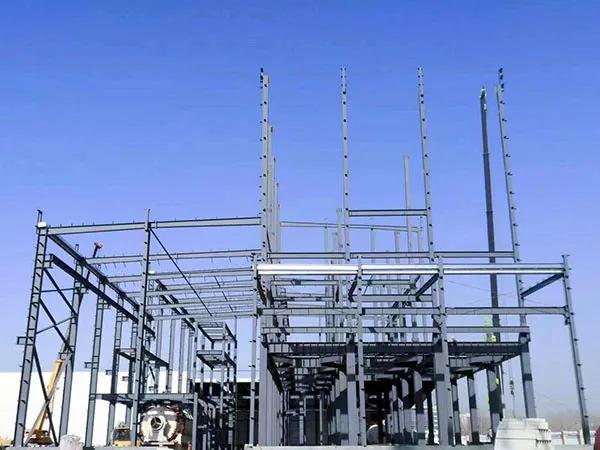
New Materials Steel Structure Factory Project
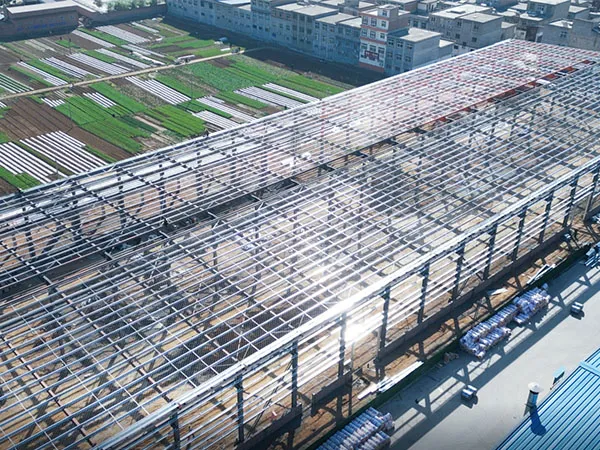
Luoyang Hengrun Metallurgical Technology Co., Ltd. Plant Project
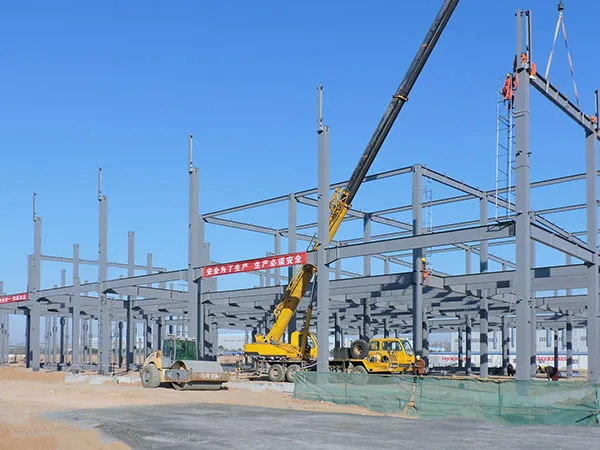
Luoyang Achemet Tungsten-Molybdenum Technology Steel Structure Plant Project
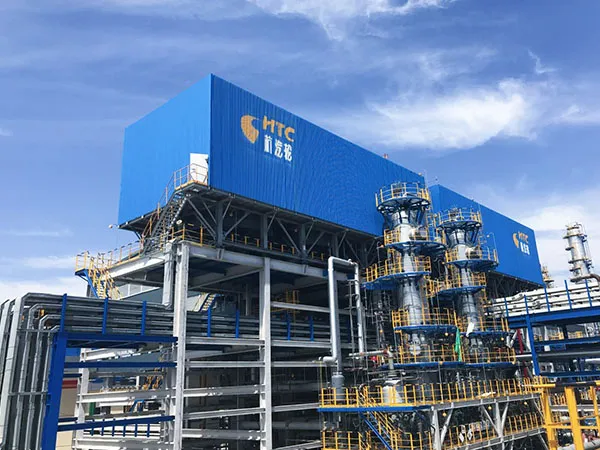
Ordos Zhongtian Hechuang Refining and Chemical Steel Structure Project
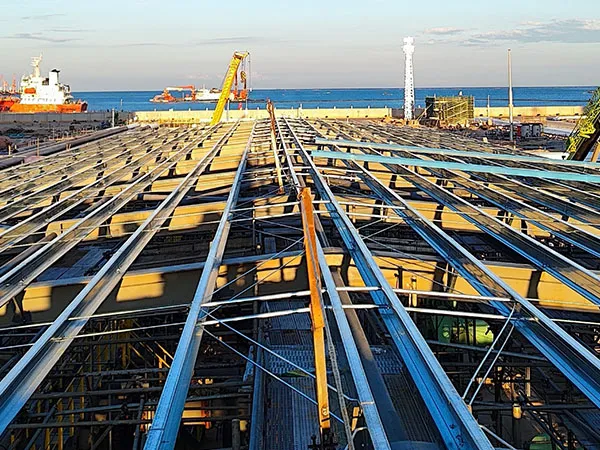
Beihai Finished Oil Reserve Base Steel Structure Roof Project
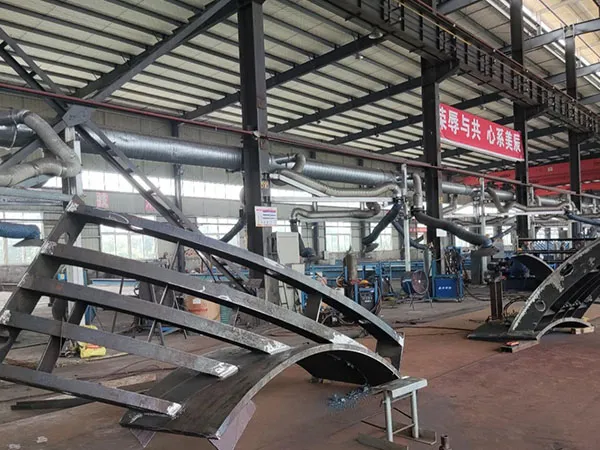
Composite Steel Pipe Segment for Lining Ring of Communication Channel
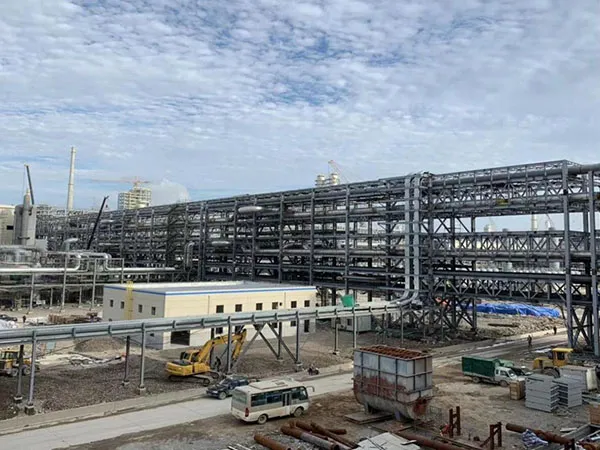
Heavy Oil Catalytic Cracking Unit Steel Structure Project
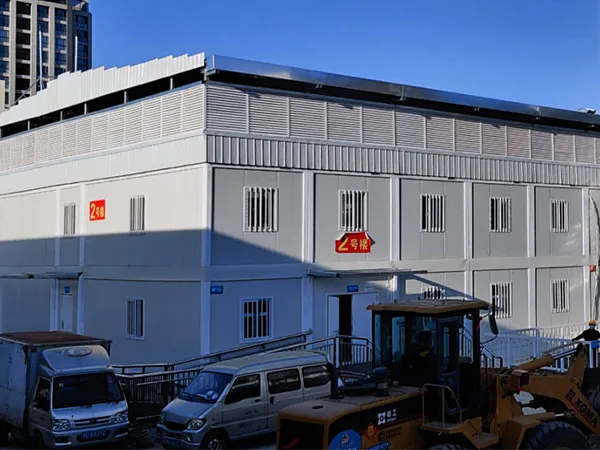
Steel Structure Project for Medical Emergency Treatment Centre